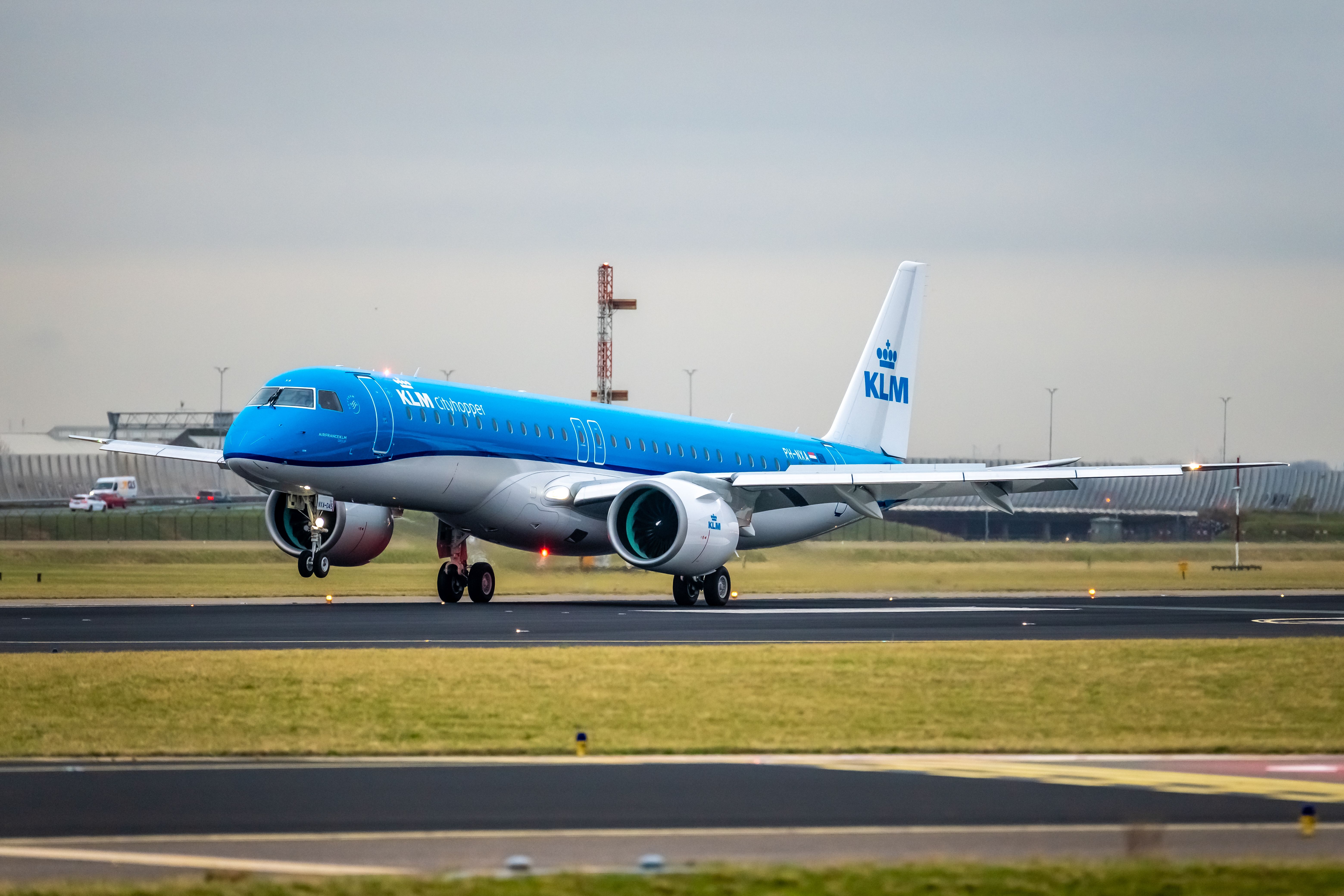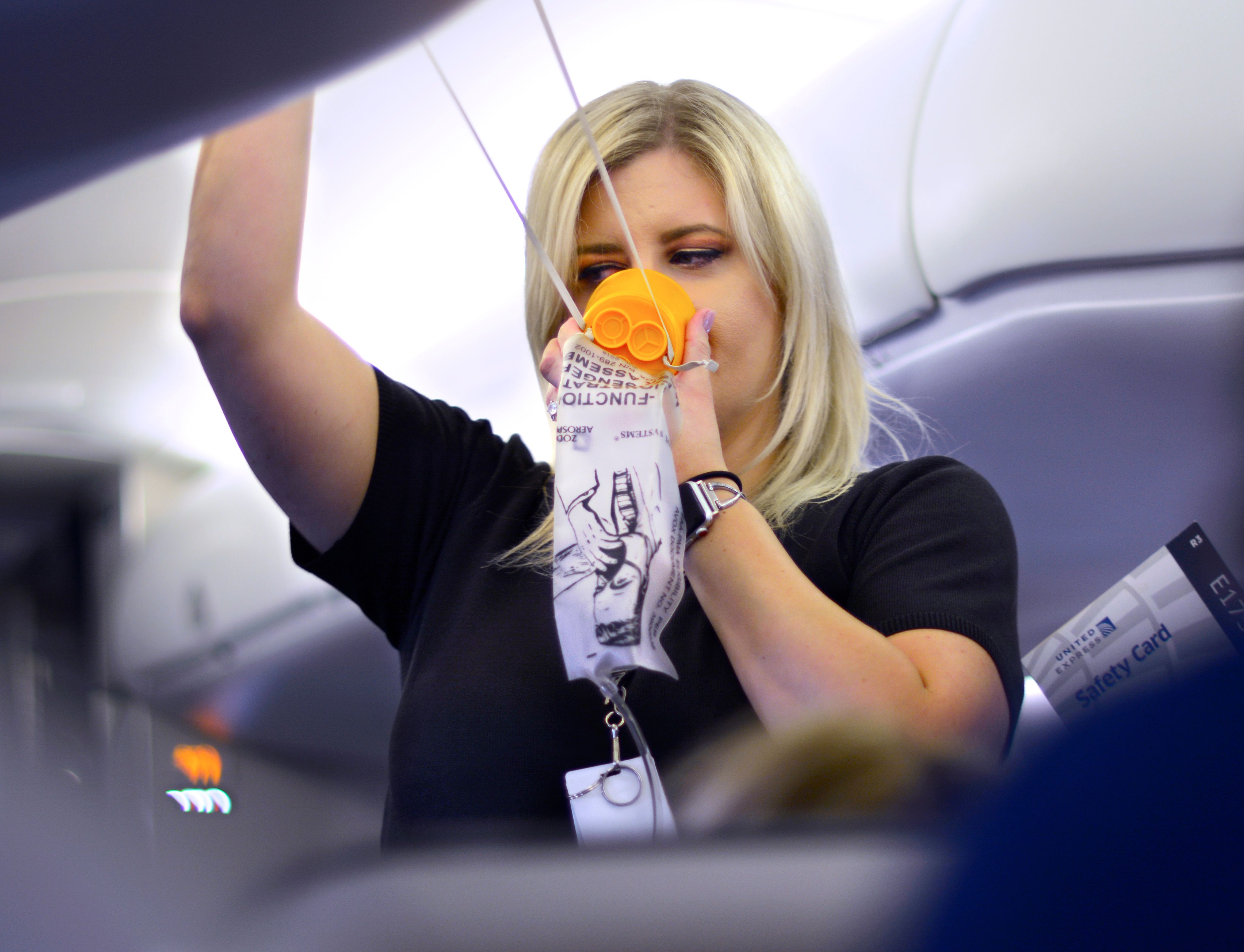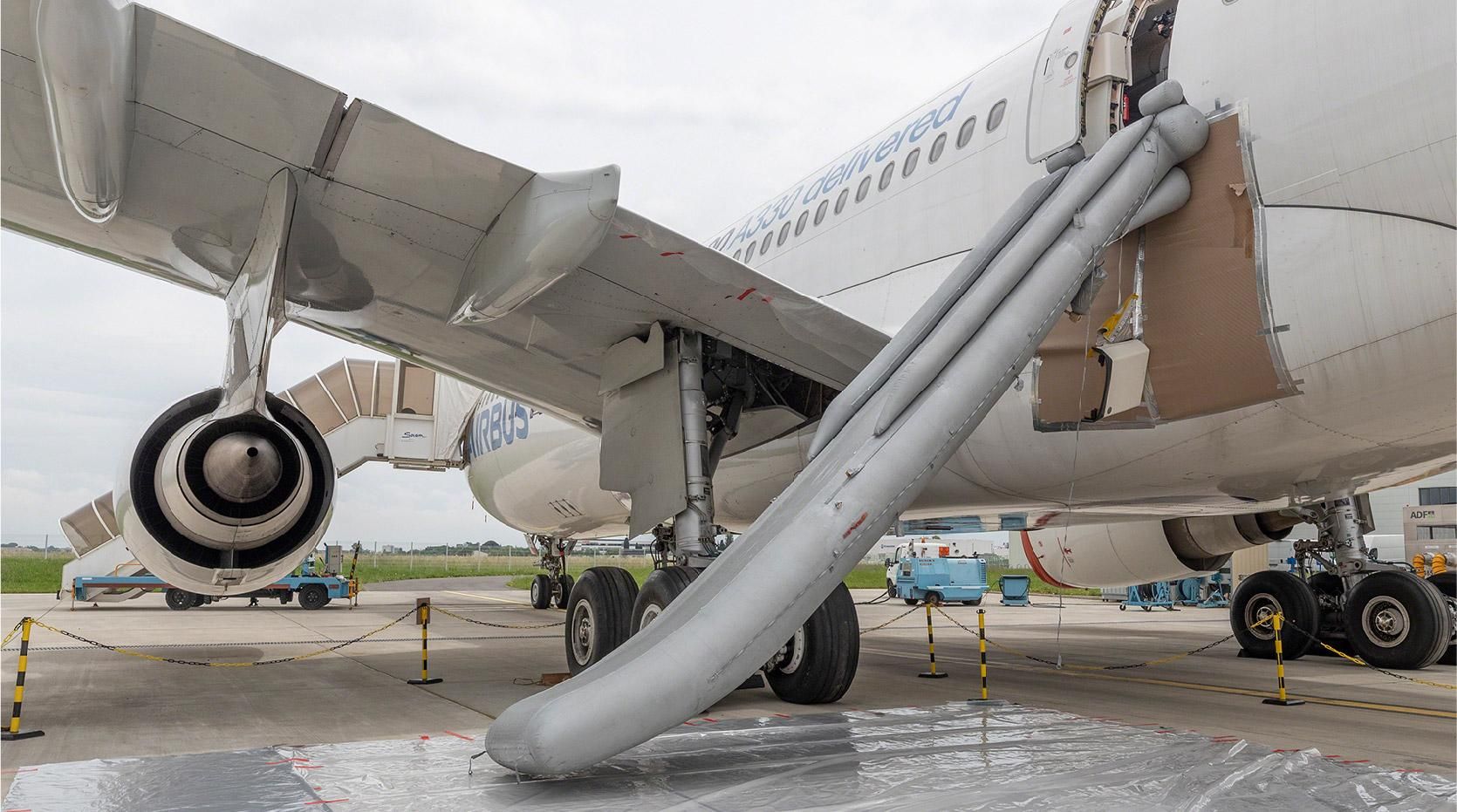Although everyone has heard and seen a safety demonstration onboard the aircraft, how many passengers actually pay attention to what is being said? Of course, no one wants to think of what might happen in a emergency situation, but would you know what to do? Would you actually be prepared? Of course, the chances of ever being in an emergency are very slim, in general the most dangerous part of your journey is driving to the airport. Here are some cabin safety features that are 'good to know'.
Cabin lighting
If the aircraft is landing at nighttime, the cabin crew will dim the cabin lighting so that in an emergency evacuation the passengers vision has adjusted to the light outside the aircraft and of course every second counts, so this will help speed up the evacuation process. A good tip here is to count the number of seat rows from your seat to the nearest emergency exit - so if it is nighttime or there is smoke you can still make your way to the exit.
Oxygen masks
The drop-down oxygen masks seen usually in a decompression (loss of cabin pressure) do not start automatically when you place them over your nose and mouth. It must be pulled downwards to start the flow of oxygen. Loss of consciousness, can happen in seconds, that is why passengers are told to put on their mask before helping others.
Exit rows
Passengers seated on exit rows or over wing exit rows are generally people traveling alone, speak English and are fit and healthy. These are known as ABPs (able-bodied passengers) and will have been selected by the ground staff to sit in these seats, so that they would be able to operate an emergency exit if necessary. These seats cannot be occupied by anyone who may impede or slow down an evacuation. The cabin crew will also be identifying ABPs in case of a planned emergency evacuation, so that they would receive instructions on how to operate the door if the crew member becomes incapacitated.
Slides and baggage
Baggage should never be taken off the aircraft during an emergency evacuation. Unfortunately, there has been a spate of events in recent years when passengers have been taking their luggage with them including Aeroflot flight 1492 in 2019, where 41 passengers and crew died in the fire. In 2016, videos of the evacuation of Emirates flight 521 show passengers taking their baggage with them. Not only does this slow down the evacuation and put others at risk of not being able to leave the aircraft it can also cause damage to the slide or hit another person.
Life jackets
In a planned or unplanned emergency landing on water, life jackets should never be inflated whilst still in the cabin only on leaving the emergency exit. Ethiopian Airlines flight 961 landed on water in 1996, but unfortunately many passengers died due to inflating their life jackets inside the cabin causing then to be trapped inside with the rising water.
Extra fun fact
Although smoking on aircraft has been banned for many years now and hefty fines introduced, there are still ashtrays on aircraft, mostly on the lavatory door. This is because if a passenger decides to break the rules there is a safe place for the disposal of the cigarette instead of throwing it into a lavatory bin for example. The ashtrays are part of the aircraft's minimum equipment list (MEL) and if one is missing the aircraft can be grounded.



